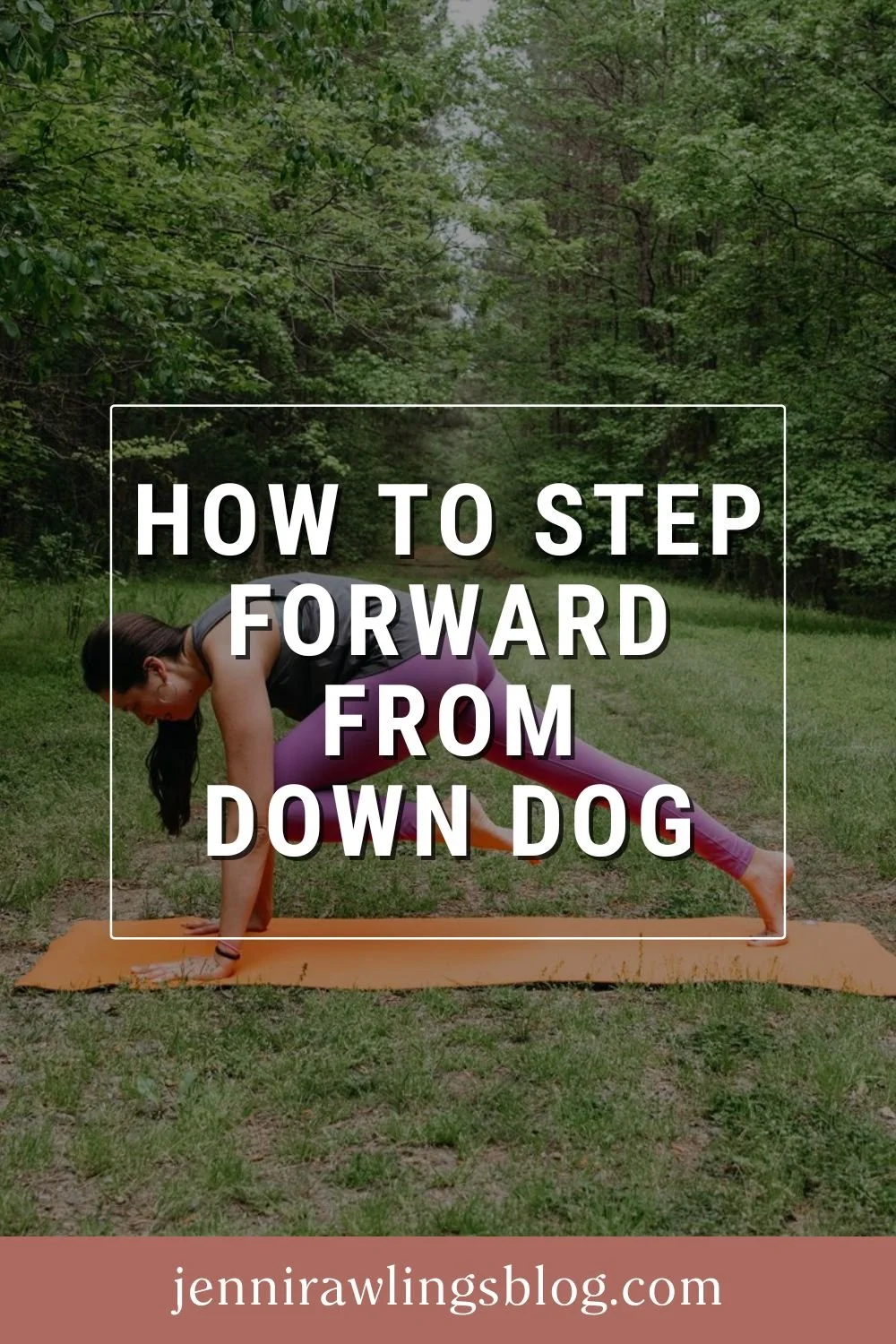Should We Pull Our Shoulders Down in Yoga Poses?
This blog post was first sent to Jenni’s email list as an email newsletter. Sign up for the JRY email newsletter here!
In yoga poses where the arms are overhead (such as downward dog, warrior 1, etc.), should we cue to “pull the shoulders down”? (Or to “relax” or “soften” the shoulders/upper trapezius, or other similar wording?)
This is a great question that came up in my Yoga Asana Analysis course last month.
It’s common in the yoga world to hear that many people lift their shoulders “too much” in these poses. As yoga teachers, we’re often taught in teacher training to “correct” this movement, which is seen as “non-optimal”.
But... does this whole “pull the shoulders down” approach hold up to scientific scrutiny? 🤔
In general, I find that the best way to evaluate a claim is by asking a series of thoughtful questions.
If these questions can be answered with evidence-based information that supports the claim, then it's likely valid. 👍
However, if the answers are lacking or unsupported by reliable evidence, the claim is probably unfounded and can be dismissed.
With this in mind, here are some key questions to consider when examining the common instruction to 'pull the shoulders down' (or to 'relax' or 'soften' them) in yoga poses with the arms overhead:
1) How are we measuring “over-activation” of the shoulders?
In order to measure muscle activation, a medical tool called EMG (electromyography) is required. EMG machines are available in laboratories and clinical settings, but not in yoga studios.
That’s right! We cannot measure muscle activation – the percent of one's maximum voluntary contraction, or MVC – with our eyes (visually) or with our fingers (kinesthetically). Muscle activation is measured with EMG!
So... how are we assessing our students' muscle activation level to begin with as yoga teachers? 🤔
2) Even if we could measure muscle activation in a yoga class setting, what percentage of MVC are we defining as the cut-off for “normal” – above which is too much?
What is this number based on? What research?
3) When we tell a yoga student to “relax your shoulders”, what percentage of MVC should they relax to, and how are we measuring that they got there?
(Again, we don’t have EMG machines available in yoga!)
4) What specific negative consequences does lifting the shoulders “too much” cause? What research supports this?
We hear about potential problems “over-active” shoulders can create, but are these concerns backed by research – or are they just commonly held beliefs?
Based on my understanding of the scientific literature on shoulder pain and injuries, there is no evidence that suggests that upper trapezius muscles that activate "too much" have a causal relationship with pain or injury.
5) Are we familiar with the current research on scapular dyskinesis that suggests that “abnormal” scapular movement is quite normal and common in asymptomatic (pain-free) individuals?
For example, a systematic review on this topic (Salamh et al. 2023) from last year that found that:
“A considerable number of individuals with shoulder symptoms do not present with scapular dyskinesis. More revealing is the number of asymptomatic individuals who do present with scapular dyskinesis, suggesting that scapular dyskinesis may be a normal finding among nearly half of the asymptomatic population.”
In other words, what we as yoga teachers often perceive as “non-optimal” shoulder movement when the arms are overhead may simply reflect normal, natural human variability. Our bodies don’t all move in exactly the same way – and that’s perfectly okay.
With all this in mind, could it be that the emphasis in yoga on 'correct' and 'incorrect' shoulder movement might actually be… an example of pathologizing what's normal?
Perhaps instead of “correcting” students on an individual basis, we might better serve our students in general by simply moving and loading their shoulders in all the ways they can move, and leave it at that?
Want to learn more? Here are two videos that feature a science-based approach to shoulder alignment in yoga!
The first video discusses shoulder alignment in downward dog. (Although this video focuses on down dog, the information applies to all yoga poses with our arms overhead.)
The second video discusses everything I covered in this blog post in more depth (with examples!).
I hope you enjoy both of these resources!
Video 1:
Video 2:
Ref:
Salamh, Paul A., et al. "Is it time to normalize scapular dyskinesis? The incidence of scapular dyskinesis in those with and without symptoms: A systematic review of the literature." International journal of sports physical therapy 18.3 (2023): 558.





